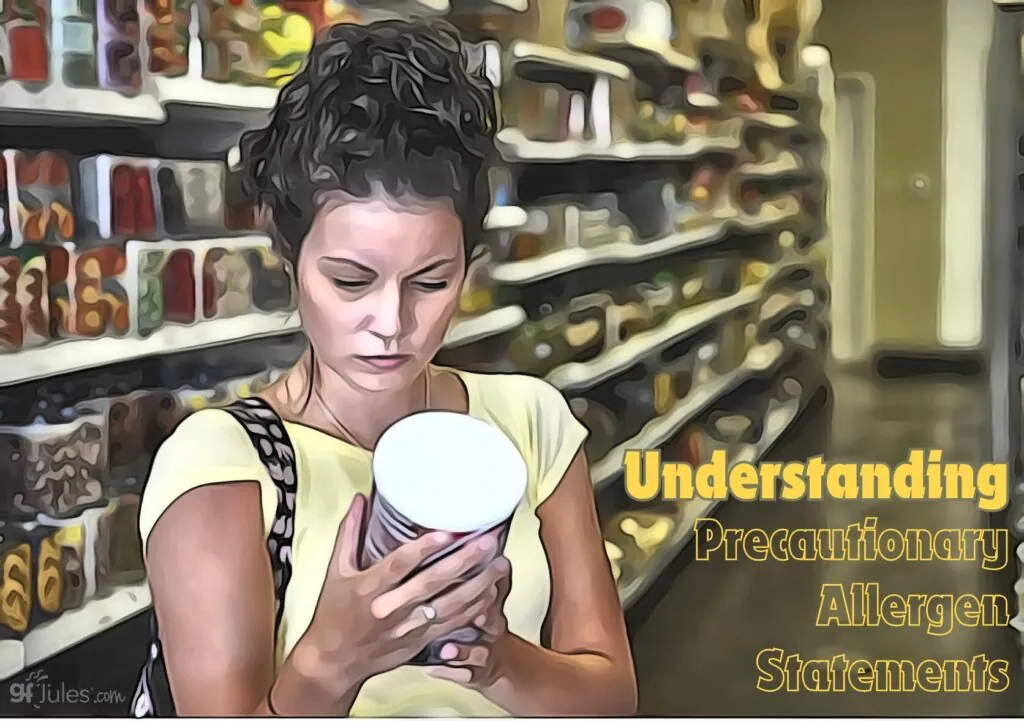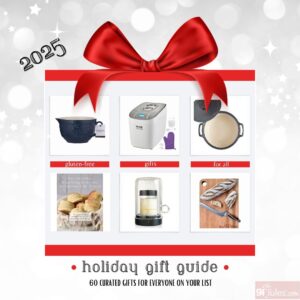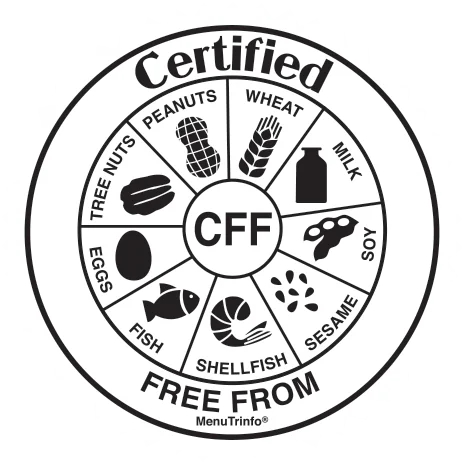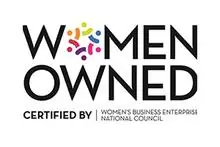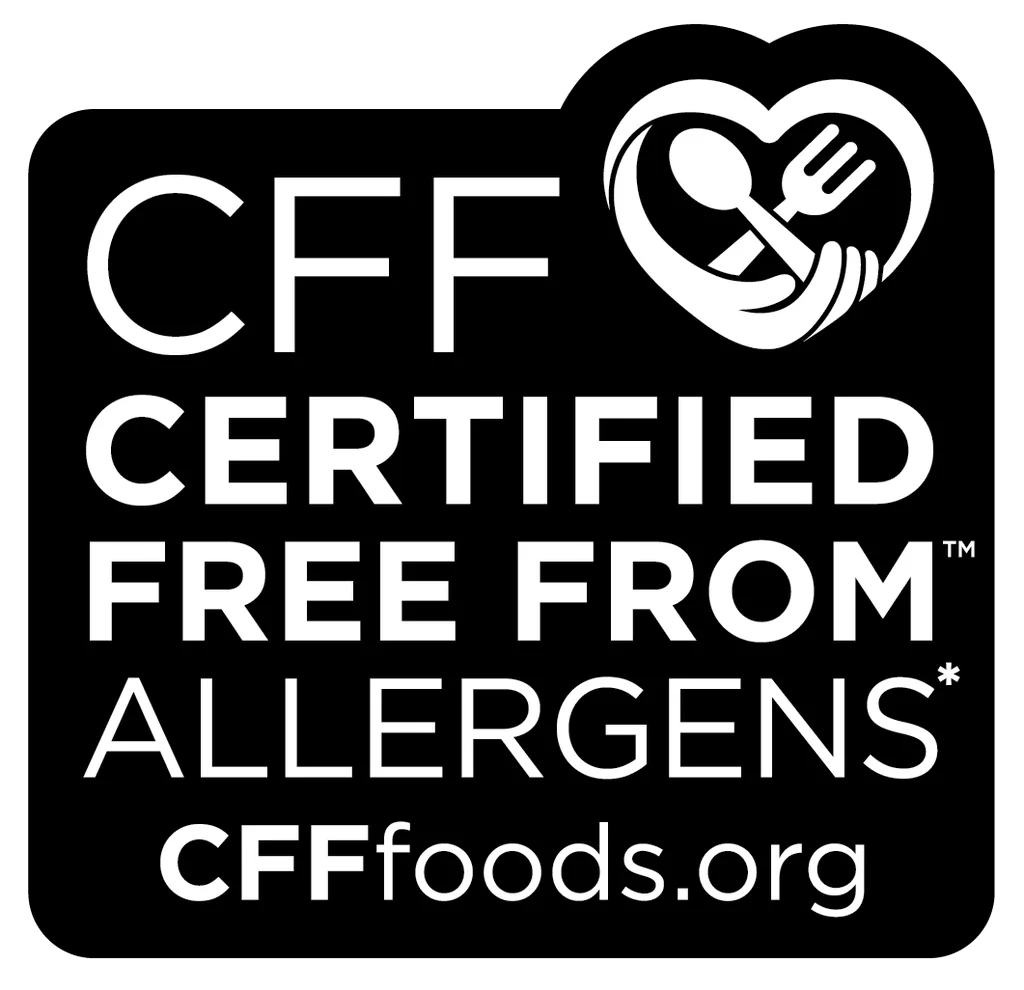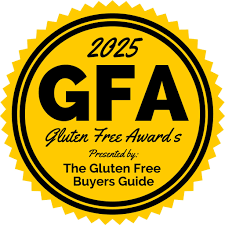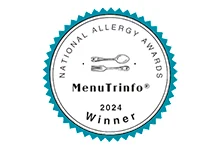As consumers, we rely on food labels to make informed choices about what we eat, especially if we or our loved ones have food allergies. One crucial aspect of these labels has become Precautionary Allergen Statements (PALs), which are meant to warn us about potential allergen cross-contact during food manufacturing.
However, inconsistent application of these statements has led to inherent unreliability for consumers.
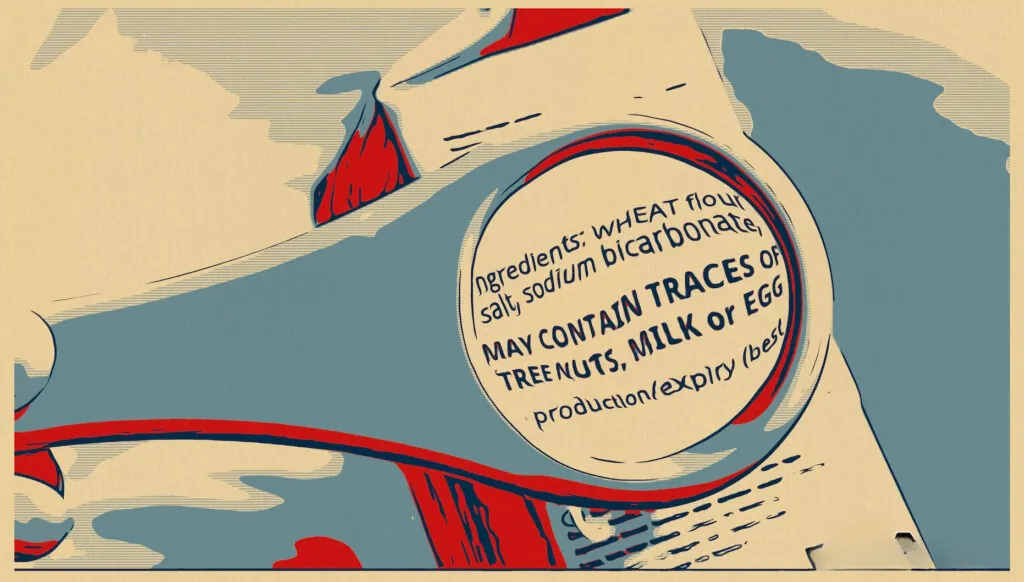
What is a Precautionary Allergen Statement?
PALs are voluntary statements used by food manufacturers to alert consumers that cross-contact with the top food allergens — wheat, peanuts, tree nuts, milk, eggs, sesame, soy, fish, or shellfish — is possible.
Initially intended as a safety measure for unavoidable allergen residues, PALs were designed both to help consumers avoid products that be risky to them and to protect the manufacturer by giving them an “I told you so” against consumer complaint.
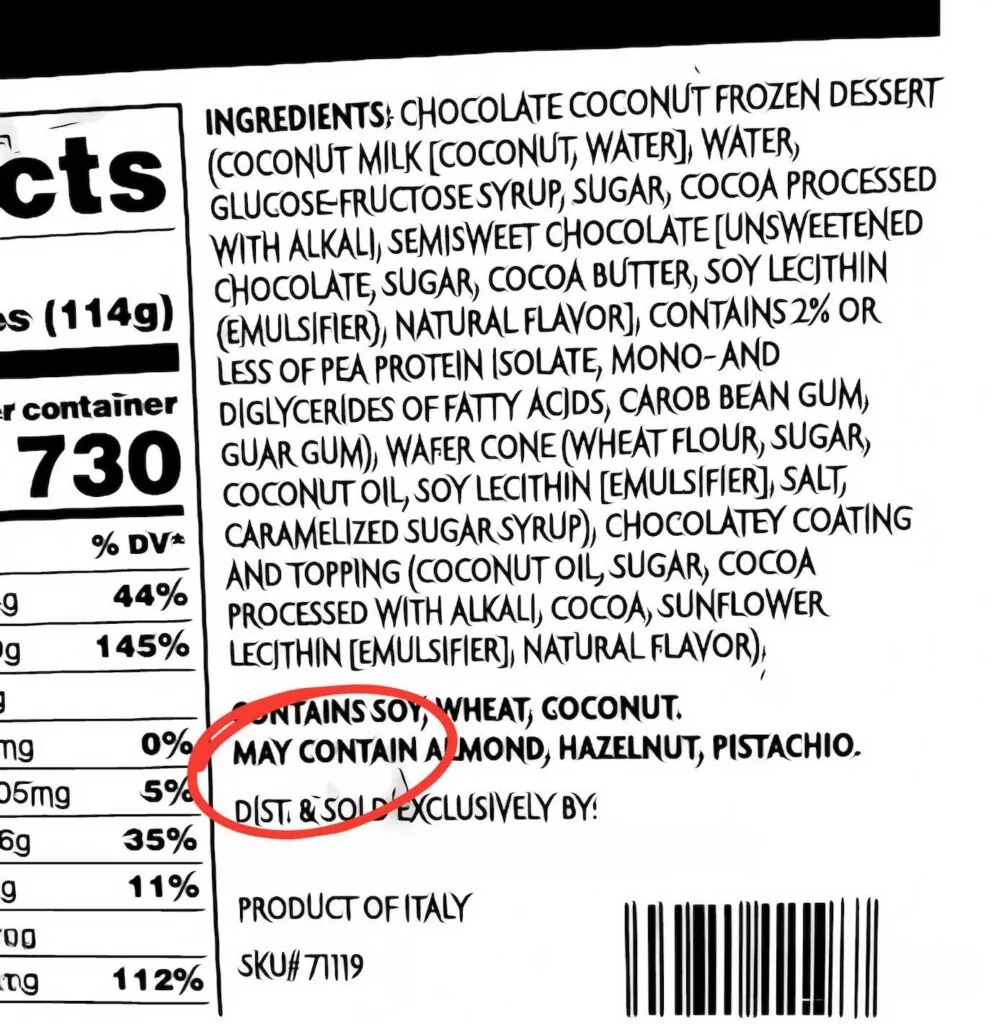
The Problem with PALs: Lack of Regulation and Inconsistency
However, unlike mandatory food allergen labeling, PALs are not required by and their use is not specifically dictated by the FDA. This lack of oversight has led to widespread inconsistency in how PALs are applied across different products and brands. One review found thirty-one different kinds of PALs on consumer packaging!
Because manufacturers are left to decide how and when to use PALs based on their own assessments of potential cross-contact, these statements vary greatly in rigor and caution.

- Mandatory Allergen Labeling: In the U.S., the FDA mandates that the 9 Major Food Allergens (wheat, tree nuts, peanuts, milk, eggs, sesame, soy, fish, and shellfish) must be clearly identified on food labels whenever they are present as ingredients. Gluten is not required to be labeled when present, although manufacturers may label a product as “gluten free” if the manufacturer represents that the product contains less than 20ppm gluten.
- Precautionary Allergen Statements (PALs): PALs, on the other hand, are voluntary statements used by food manufacturers to alert consumers about potential cross-contact with allergens during processing. More like a CYA, some manufacturers are over-zealous in their usage, and unlike mandatory allergen labeling, there is no specific FDA regulation governing how PALs should be applied, only “guidance.”
For consumers, this means that while mandatory allergen labeling provides consistent and regulated information, PALs are not standardized and can vary in both meaning and reliability. This inconsistency is a key concern for celiac patients and food allergic individuals.
Overuse and Dilution of PALs
One of the most significant issues with PALs is their overuse. Many products now bear PALs even when the risk of allergen presence is minimal or negligible. This overuse causes a sort of labeling “snowblindness” that dilutes the impact of PALs and makes it difficult for consumers to distinguish between products with genuinely higher risks of cross-contact versus those where the risk is minimal or non-existent.
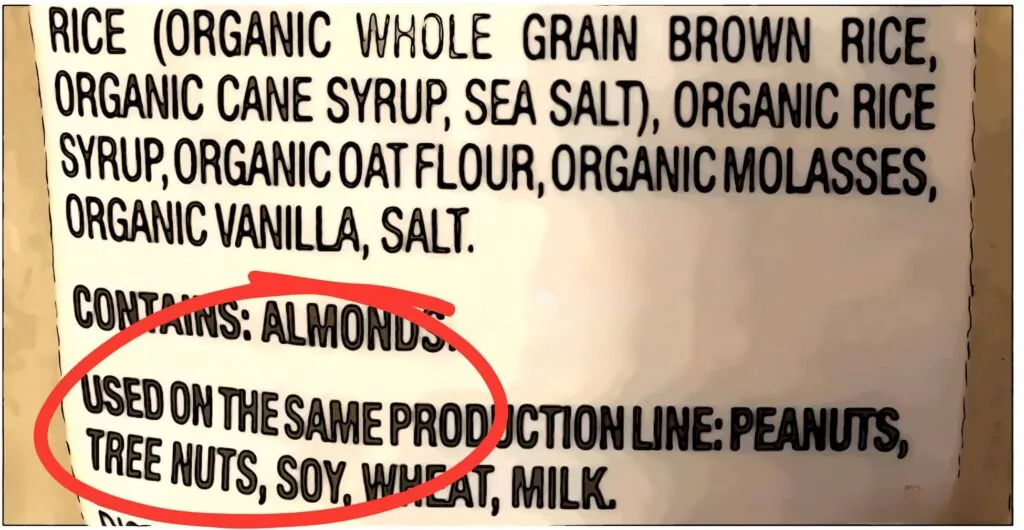
False Sense of Security from PALs
For consumers managing celiac disease or food allergies, PALs (or the lack thereof) can also create a false sense of security. Many studies have shown that most products with PALs do not contain detectable allergen residues or contain minimal amounts that are unlikely to cause harm. This discrepancy between labeling and actual risk undermines the usefulness of PALs as a reliable guide for food allergic consumers.
The Need for Consistency and Legislative Action Around PALs
Given these challenges, there is a growing call for legislative action to standardize and regulate the use of PALs. A consistent approach would ensure that PALs are reserved for scenarios where there is a real risk of allergen cross-contact, providing clearer and more reliable information to consumers.

What Consumers Can Do About Precautionary Allergen Statements
Until there is legislative action, consumers with celiac disease, severe gluten sensitivity, or food allergies can take several steps to utilize PALs in their shopping for safe products:
- Contact Manufacturers: When in doubt, reach out to the manufacturer directly to inquire about their allergen control practices and the basis for their PALs.
- Consult Reliable Sources: Use trusted resources like food allergy apps, food allergy-specific organizations or reputable allergy-aware food guides to supplement label information.
- Be Cautious: If you or someone you care for has severe allergies, it may be prudent to avoid products with PALs altogether unless you have verified their necessity with the manufacturer.
- Buy Products with Certifications: Just because there is no PAL does not mean there is no risk for cross-contact. That’s why independent certifications for gluten-free or “Free From” food allergens are so valuable; there is a separate set of eyes and ears looking out for you and requiring testing for that food allergen. {Note: all gfJules products are certified Gluten-Free by GFCO and certified Free From the 9 Major Food Allergens by MenuTrinfo}

So, while Precautionary Allergen Statements may have been introduced with good intentions, their inconsistent application and overuse have made them unreliable for celiac and food allergic consumers.
We must continue to advocate for legislative consistency in PALs to ensuring that these statements fulfill their intended purpose of safeguarding public health effectively. Until then, stay informed and stay cautious — don’t take PALs at face value.
